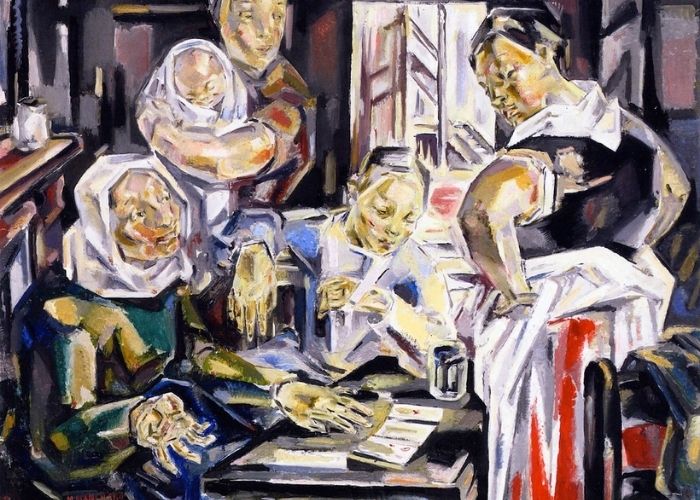MADRID – The Museo del Prado in Madrid has made one of the most important and ambitious changes of the past ten years. The new design of 19th-century art is intended to provide a ‘more complete, richer and more varied’ picture of work from this period.
The months-long closure due to the pandemic gave the museum space to accelerate the implementation of the plans for this reorganisation. According to director Miguel Falomir, it was time to highlight more aspects of this important period in Spanish history. Now, there is more attention for non-Hispanic artists, social themes and art made by women.
Collection is more diverse
No fewer than 15 rooms of the museum have been refurbished with an addition of more than 100 new works. The collection now includes 13 works by female artists and 37 works by foreign artists; before the refurbishment this was one and ten respectively. Works by Maria Blanchard, Rosa Bonheur, Aurelia Navarro and Maria Roësset are now on display. Furthermore, attention is also paid to formats other than traditional ones, such as miniatures and medals.
With the redesign, the Prado aims to place the nineteenth century in a broader context than before. When, previously it was dominated in the museum by Spanish male artists. Falomir emphasises art history is not a chronological succession of different styles. But that different styles go together within a given period of time. Therefore, this aspect should become more apparent during the redesign of the collection.
Merging of movements
Likewise, European neoclassicism will now be given a clearer stamp with works by Swiss, German, French and English artists who embraced this new art movement. This should make it clear how the work of the famous Spanish artist Francisco Goya relates to this European movement. Incidentally, Goya’s work has been included in the redesign almost unchanged.
The first rooms of the 19th-century collection focus on the rise of naturalism. A movement that gave more space to social themes and was ubiquitous in art at the end of that century. Artists increasingly sought objectivity and social reality was increasingly criticised. With this new contribution, the Prado hopes to give visitors a more realistic and layered picture of European nineteenth-century art.


